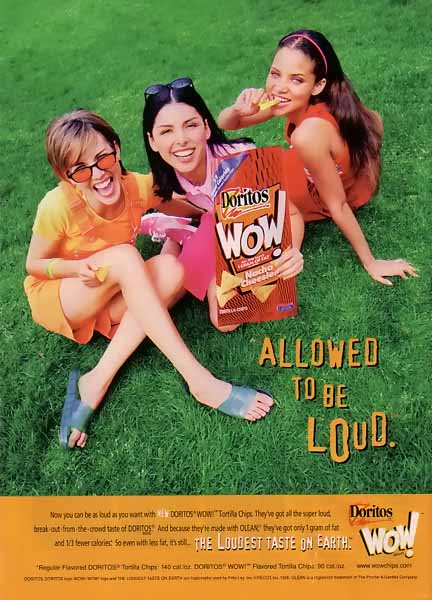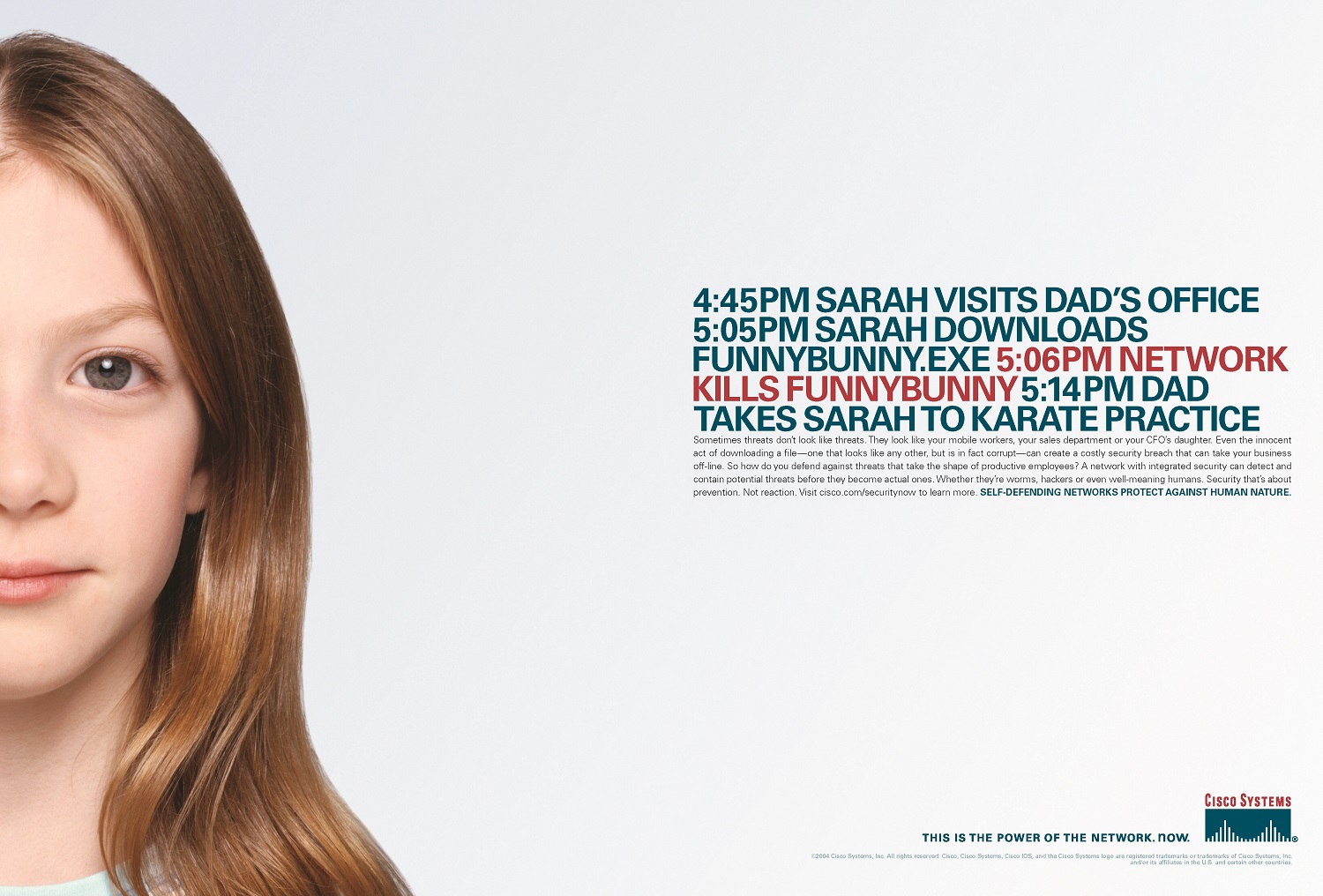Michael Dell began working with computers at age 15, when he took apart a brand-new Apple computer to see if he could rebuild it. He could. In the 1980s Dell began rebuilding and selling computers from his University of Texas at Austin dorm room, naming his company PCs Limited. In 1985 the company developed its own computer, the Turbo PC, which was advertised for direct sale in national computer magazines. Consumers were attracted by the low prices, so much so that the company grossed $6 million in its first year of business. In 1987 PCs Limited changed its name to Dell Computer Corporation, and in 1992 Fortune magazine listed Dell as one of the world’s 500 largest companies.… Read the rest
Advertising Strategies
Case Study: Doritos Chips “The Loudest Taste on Earth” Ad Campaign
The Frito Company began operations in San Antonio, Texas, in 1932 and merged with H. W. Lay & Company to form Frito-Lay in 1961. Four years later, Frito-Lay merged with the Pepsi-Cola Company to form PepsiCo, and during the 1990s the snack food division became known as the Frito-Lay Company. In 1997 Frito-Lay expanded its product lines in Europe, Australia, and South America by purchasing salty snack brands in countries there, and in the United States it acquired the Cracker Jack brand of candy-coated popcorn and peanuts. Frito-Lay made nine of the 10 top-selling brands of snack chips in the United States, including Lay’s and Ruffles potato chips, Cheetos cheese puffs, Rold Gold pretzels, and Tostitos and Doritos tortilla chips.… Read the rest
Case Study: Seinfeld Ad Campaign by Amex
American Express is a global, diversified financial services company headquartered in New York. The company is over 150 years old, founded in 1850. It is best known for its credit card, charge card, and travelers check business, but has numerous ancillary operations that are profit centers. On of the key factors in the improvement of American Express in the market is the continual thrust of its brand. Beginning in the 1960s American Express distinguished itself for two decades with several highly acclaimed campaigns. Advertising Age included two 1970s American Express campaigns (‘‘Do You Know Me?’’ and ‘‘Don’t Leave Home without It’’ featuring Karl Malden) on its list of the ‘‘50 Best Commercials.’’… Read the rest
Case Study: Cisco “Self-Defending Network” Ad Campaign
Besides being one of the NASDAQ’s fastest-growing stocks during the late 1990s, Cisco was also the world’s leading producer of switches and routers that directed traffic across the Internet. In 1998 Cisco released advertising that encouraged Internet usage, which in turn increased the demand for Cisco’s hardware. Two years later Cisco’s ad agency, Hill, Holliday, Connors, Cosmopulos, Inc., introduced a $43.8 million campaign with the tagline ‘‘Empowering the Internet generation.’’ The campaign’s television spots, including one titled ‘‘Factory,’’ featured Cisco’s hardware increasing businesses internet usage, which indirectly boosted the businesses profits. After the technology sector plummeted in late 2000, Cisco did not release a campaign for almost three years.… Read the rest
Case Study: Apple iMac Ad Campaign
In the late 1990s technology analysts speculated that Apple Computer, Inc.’s fate hinged on its new personal computer the iMac. Apple’s share of the worldwide desktop-computer market had plummeted since 1995, the last year the company had been profitable. Ever greater numbers of consumers were buying personal computers (PCs) that ran on Microsoft’s Windows operating system rather than Apple’s version. Although Apple had pioneered user-friendly computers, the company had not introduced a consumer-targeted computer since 1992. Hoping that its stylish new iMac would propel Apple back into this vast segment of the market, Apple released its iMac ad campaign.
The iMac ad campaign consists of a series of seven television commercials.… Read the rest
Case Study: Apple iPod Silhouette Ad Campaign
Released by Apple Computer, Inc., in November 2001, the iPod rapidly grew in sales and by 2005 had become the world’s top-selling MP3 player. With a 1,000-song capacity, the first iPod worked only with Apple computers and retailed at $400. From 2003 to 2005, however, Apple ferociously promoted five new Windows-compatible iPod models, along with the company’s digital music store, iTunes. In an attempt to define the fun associated with the iPod brand and to steer advertising away from the Apple computer, the company released its ‘‘Silhouette’’ campaign.
In October 2003 ad agency TBWA\Chiat\Day (TBWA\C\D) introduced outdoor ‘‘Silhouette’’ ads in Los Angeles, followed by a nationwide print and television launch.… Read the rest





